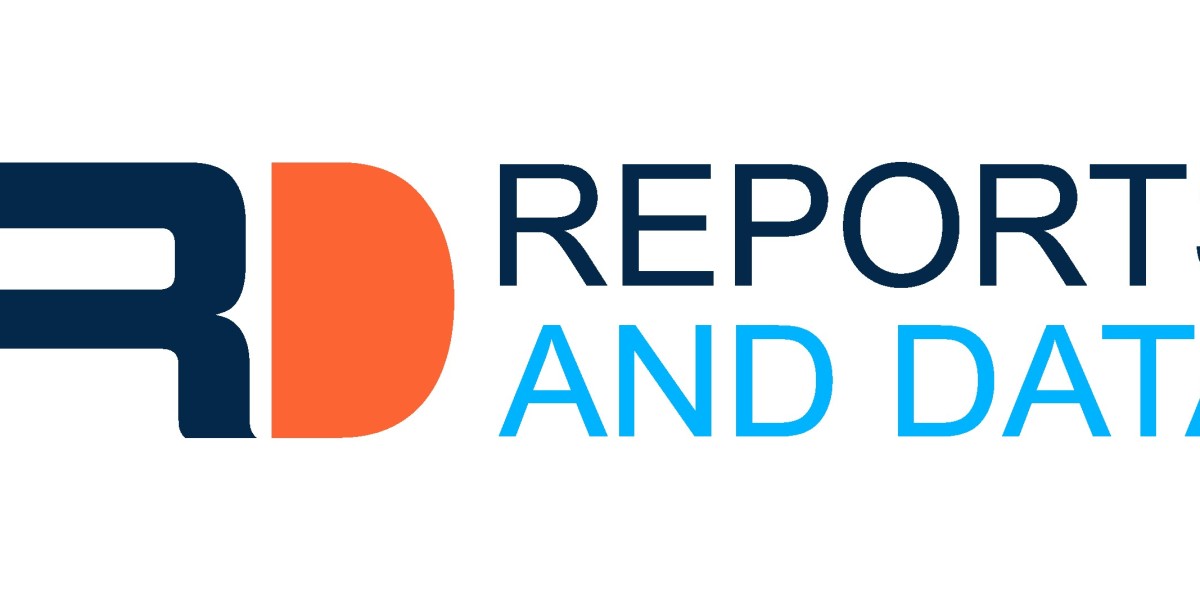Chemotherapy-induced anemia (CIA) is a prevalent complication of cancer treatment, arising from the cytotoxic effects of chemotherapy agents on the bone marrow. This condition is marked by a significant drop in red blood cell count and hemoglobin levels, exacerbating fatigue, weakness, and overall decreased quality of life in cancer patients. As the oncology landscape evolves, so too do the technological advancements aimed at improving the management of CIA. This article explores the current trends, innovative therapies, and market dynamics shaping the future of CIA treatment.
Understanding Chemotherapy-Induced Anemia
CIA occurs due to the suppression of bone marrow function by chemotherapy drugs, which impairs the production of red blood cells. The severity of anemia can be influenced by various factors, including the type and dosage of chemotherapy drugs, the duration of treatment, and the patient’s overall health. Symptoms often include fatigue, dizziness, and shortness of breath. Effective management is crucial to maintaining patient quality of life and can include blood transfusions, erythropoiesis-stimulating agents (ESAs), and iron supplementation.
Request for Sample Report @ Chemotherapy Induced Anemia Market
Technological Innovations in CIA Treatment
The treatment landscape for CIA has evolved significantly, with several new therapeutic approaches and technologies emerging:
1. Novel Therapeutic Agents
Recent developments have introduced several promising drugs to the market:
- Roxadustat (FG-4592): An oral hypoxia-inducible factor prolyl hydroxylase inhibitor, Roxadustat enhances erythropoiesis by mimicking the effects of low oxygen levels in tissues. A randomized, open-label, Phase 3 study has demonstrated its efficacy and safety in treating anemia in cancer patients undergoing chemotherapy. Roxadustat offers a potentially less invasive and more convenient alternative to traditional ESA therapies.
- Desidustat: Another hypoxia-inducible factor prolyl hydroxylase inhibitor, Desidustat is designed to stimulate red blood cell production similarly to Roxadustat. This drug has shown promise in early clinical trials, with potential benefits for patients who do not respond well to existing therapies.
- ALRN-6924: This investigational drug targets the p53 pathway, which is often disrupted in cancer and can contribute to anemia. By restoring p53 function, ALRN-6924 aims to improve red blood cell production and counteract the adverse effects of chemotherapy on the bone marrow.
2. Advanced Delivery Systems
Innovations in drug delivery systems are enhancing the effectiveness and convenience of CIA treatments. For instance, extended-release formulations and oral medications like Roxadustat reduce the need for frequent hospital visits and provide patients with more flexible treatment options. These advancements aim to improve patient adherence and overall satisfaction with treatment.
3. Biomarker-Based Personalized Therapy
The advent of biomarker-based approaches allows for more personalized treatment strategies. By identifying specific biomarkers associated with CIA, such as erythropoietin levels or genetic mutations influencing drug metabolism, clinicians can tailor therapies to individual patient profiles. This approach enhances treatment efficacy and minimizes adverse effects, leading to better patient outcomes.
Market Dynamics and Future Trends
According to DelveInsight's "Chemotherapy Induced Anemia Market Insights, Epidemiology, and Market Forecast-2032," the CIA market is expected to experience substantial growth, driven by ongoing innovations and increasing patient populations. The report highlights several key trends and insights:
- Market Growth: The CIA market in the seven major markets (7MM: United States, EU5, and Japan) was valued at over USD 1 billion in 2021 and is projected to grow at a significant CAGR by 2032. This growth is fueled by advancements in drug development and the increasing prevalence of cancer.
- Key Players: Major pharmaceutical companies, including Astellas, FibroGen, AstraZeneca, Pfizer Inc., and others, are actively involved in developing new therapies for CIA. Their research and development efforts are pivotal in driving innovation and expanding treatment options.
- Emerging Therapies: The pipeline of new therapies, such as Roxadustat, Desidustat, and ALRN-6924, reflects a shift towards more targeted and personalized treatments. These therapies promise to address unmet needs and offer alternative options for patients who may not benefit from current treatments.
- Epidemiology and Patient Population: The report provides insights into the historical and forecasted prevalence of CIA across major markets. Understanding the patient population and disease burden is crucial for developing effective treatment strategies and allocating resources.
Request for Sample Report @ Chemotherapy Induced Anemia Market
Addressing Unmet Needs
Despite these advancements, several unmet needs remain in CIA management:
- Treatment Adherence: Ensuring patient adherence to treatment regimens is a significant challenge. Innovative delivery systems and patient support programs are essential to improving adherence rates.
- Cost and Accessibility: The high cost of novel therapies can limit accessibility for some patients. Efforts to reduce drug prices and improve insurance coverage are crucial for expanding access to these life-changing treatments.
- Long-Term Safety: While new therapies show promise, long-term safety data are essential for assessing their overall benefit-risk profile. Ongoing clinical trials and post-market surveillance will provide valuable insights into the long-term effects of these drugs.
Conclusion
Technological advancements in the treatment of chemotherapy-induced anemia are transforming the landscape of cancer care. The introduction of novel therapies, improved drug delivery systems, and personalized treatment approaches are enhancing the management of CIA and improving patient outcomes. As research continues and new treatments emerge, the future of CIA management looks promising, with the potential to significantly enhance the quality of life for cancer patients worldwide. The ongoing efforts of pharmaceutical companies and researchers, coupled with a focus on addressing unmet needs, will drive continued progress in this critical area of oncology.
Trending Reports:
Acute Heart Failure Ahf Market | Alstrom Syndrome Market | Biliary Tract Carcinoma Market | Chronic Plaque Psoriasis Market | Neurofibromatosis 2 Market | Penicillinbinding Proteins Market | Acute On Chronic Liver Failure Aclf Market | Age-related Macular Degeneration Market | Central Retinal Venous Occulsion Market | Cervical Cancer Market Size | Community-acquired Bacterial Pneumonia Market | Cutaneous T-cell Lymphoma Market | Idiopathic Membranous Nephropathy Market | Wet-age Related Macular Degeneration Market | Clbp Market | Corneal Endothelial Dystrophy Market | Androgenetic Alopecia Market | Interbody Cages Market | Lymphocytopenia Market | Refractory Angina Market | Stable Angina Market | Thrombocytopenia Market | Bacteremia Market | Achondroplasia Market | Beta Thalassemia Market | Acute Pharyngitis Market | Catheter-related Bloodstream Infections Market | Chronic Hepatitis Delta Virus Market | Heavy Metal Poisoning Market | Hepatorenal Syndrome Market | Hypoparathyroidism Market | Ventricular Dysfunction Market | Chronic Obstructive Pulmonary Disease Copd Market | Chronic Pruritus Market | Atypical Teratoid Rhabdoid Tumors Market | Hereditary Spastic Paraplegias Market | Advanced Renal Cell Carcinoma Market | Familial Primary Pulmonary Hypertension Market | Healthcare Pipeline Analysis | Optic Neuritis Market | Parkinson’s Disease Market | Post Traumatic Stress Disorder Market | Spasticity Market | Vitamin A Deficiency Market | X Linked Hypophosphatemia Market | Becker Muscular Dystrophy Market | Wegener S Granulomatosis/granulomatosis With Polyangiitis Market | Artificial Lung Devices Market | Diabetic Foot Ulcers Dfus Market



